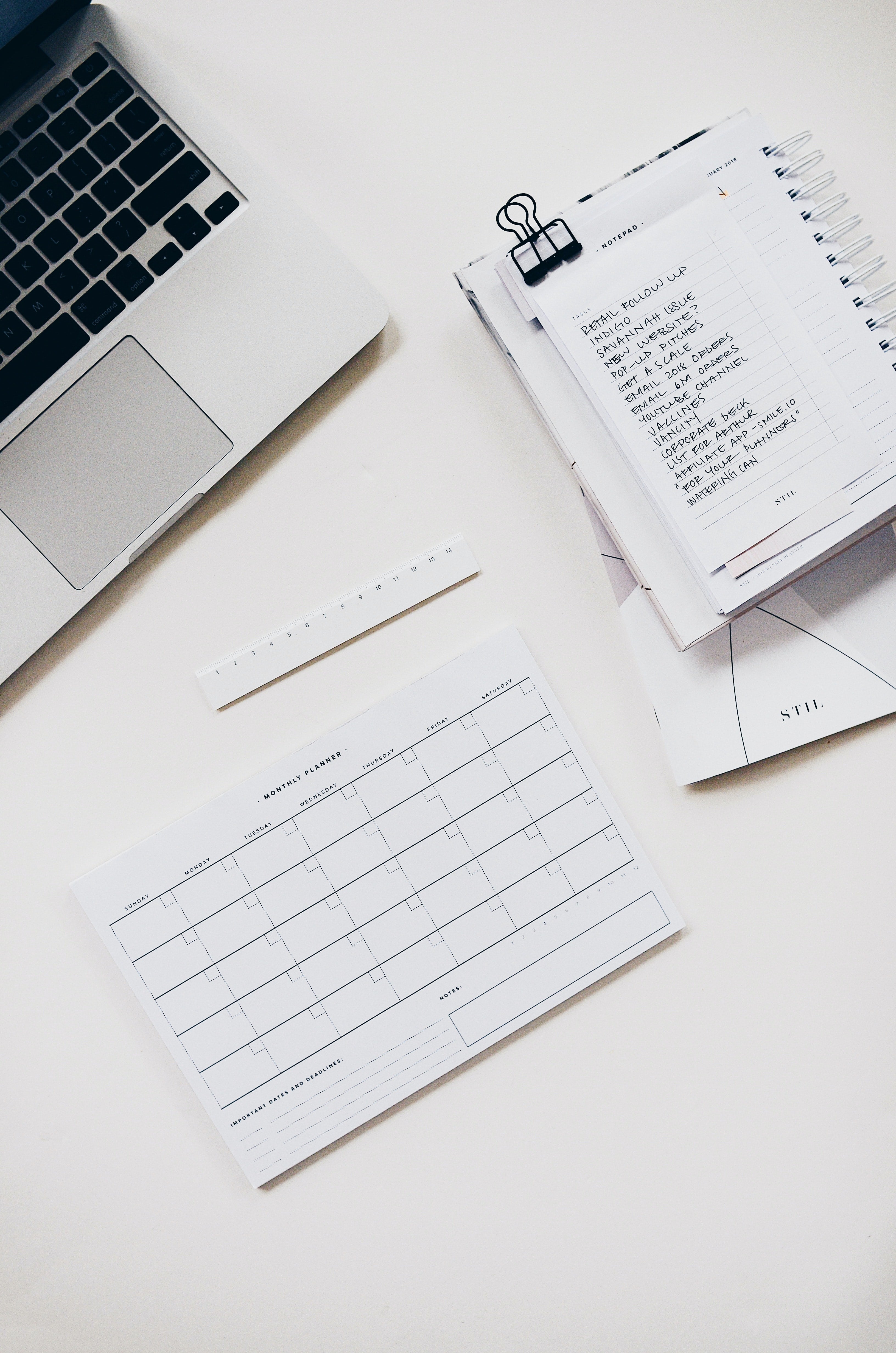Context: Male, 29 years old
For most people, the first step to building a sound financial future is the establishment of a $1,000 cash savings. As mentioned in previous posts, this cash reserve can be used for an unforeseen expense like a car repair, a vacation, or any other purchase that doesn't necessarily fit into your monthly budget. So let's get started:
Where to store it? In my personal opinion, you should retain this amount of money in cash in a savings account attached to your existing checking account or a separate high yield savings account. Currently high yield savings rates return roughly 0.50% APY when compared to traditional savings account rates of 0.01% APY. For $10,000 this is $50 vs. $1 added to your bank account annually. Of course depositing money in a high yield savings account will result in you opening an additional bank account which likely will create a couple days of transfer time when moving funds around. It is up to you to decide whether this inconvenience is worth $49.
Things to look out for when moving money out of your bill paying account - Given the variability of the magnitude of credit card bills and the inconsistency of various timing of bills, being able to set aside money can become tricky. The last thing you want to do is set aside too much money and be forced to pay an overdraft fee because you can’t meet next month’s expenses. Banks, although there are now options that try to limit this charge, often collect considerable revenue from consumers when funds in an account drop below a certain level in the form of charges like “insufficient funds” or “overdraft fees”. This is important to take into account when moving money out of your primary billing account.
How do I measure savings and set aside money consistently without penalty? As we did in a previous article we are again going to turn to a simple spreadsheet tool to be able to monitor and track our progress. As you fill out this tool make sure to have both your bank account statement and credit card statement in front of you. Below is a step by step guide to using the tool.
- Fill in your monthly take home salary expectations and any other cash income you expect to receive. Other income should be zero if you only have one source of income. Fill this as far out as you have visibility.
- Fill in your paid monthly expenses using a combination of your bank account and actual credit card statements. Your bank account statement can be used to identify any charges that have already occurred and any charges that do not show up on your credit card statement.
- Fill in one month of expected future monthly expenses by filling in expenses that are fixed first. For example a car loan, rent, or other longer term bill is unlikely to change month to month, so fill out what you know for certain. For your credit card bill capitalize on the 1 month window that credit card companies give you to pay your bill. Effectively, you should know 1 month in advance of your bill due date what your bill is going to be so insert this expected spend number into your model. For utilities, you may have to make a judgement call and use your historical numbers although these can obviously change over time with gas consumption or electricity usage. Don’t project this number more than a month in advance due to this variability
- Note: Of course if there are future expenses that you are aware of you can fine tune the model to your needs, but again as always hold a high bar on the accuracy of these numbers and don’t sugar coat what you are putting in. With finances you always want to be surprised on the upside and not surprised by coming up short.

Once all of your inputs are in you can now do some quick math to determine what you should transfer to your savings account. In this example, let’s only consider the situation where your income exceeds your expenses. We will consider the alternative in a future post. In the model, we see that in month 1 our savings are $1,130. However, before transferring this money in its entirety to our savings account we must consider our expected performance in the upcoming month. In the model, we see that our expected savings are $960 (or at least greater than $0), so we can transfer the full amount. In the event that our expected savings for the next month is negative (for example let’s use -$200 in savings) we must perform the following simple calculation to determine how much to put away:
Amount to Send to Savings Account = Realized Savings in Month 1 + Expected Savings in Month 2 (if negative)
Amount to Send to Savings Account = $1,130 - $200 = $930
This method can be repeated month after month to determine how you perform over the course of a year, this takes probably 10-20min to complete.
How long is this going to take? One additional benefit of using the model is to get an understanding of time or how long it is going to take for you to achieve your goal. So often we don’t quantity how long it will take to achieve our goal, lose hope of accomplishing our goal and then don’t realize our ability to influence this timeline. Using cells C19 to C22 in the sheet we can estimate how long it will take given the information we have provided to achieve our goal as well as track our accumulated savings.
Collectively this system of tracking and savings will provide you with clear direction and foundations on how to track and accumulate $10,000 in savings. In future blogs, we will discuss how to accelerate this process by analyzing your spending.





Leave a comment
All comments are moderated before being published.
This site is protected by hCaptcha and the hCaptcha Privacy Policy and Terms of Service apply.